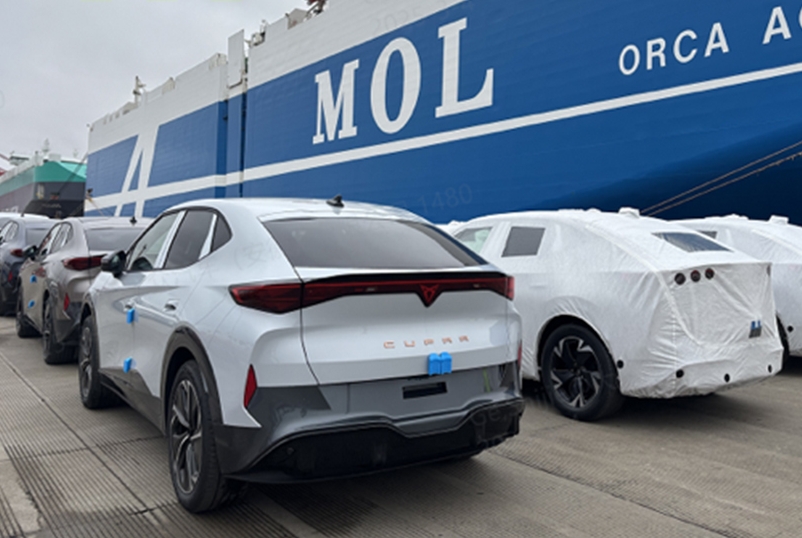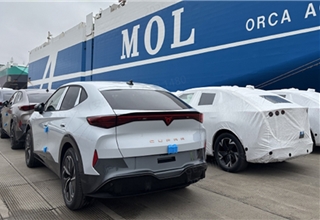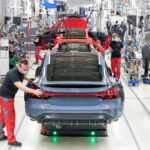Beijing (Gasgoo)- In a groundbreaking move, Volkswagen Anhui, the collaboration between JAC Group and Volkswagen, has initiated the use of inland waterways for transporting the CUPRA Tavascan. The vehicle was shipped via the “Hangtong 01” ro-ro vessel, embarking from Paihe Port in Hefei and successfully reaching Haitong Terminal in Shanghai.

Photo credit: Volkswagen Anhui
This strategic shift signifies Volkswagen Anhui’s commitment to sustainability by transitioning from road transport to a more environmentally-friendly combined water-land logistics approach. As the first joint-venture brand in Hefei to embrace inland waterway transport for complete vehicles, Volkswagen Anhui has paved the way for a greener, more flexible, and efficient transportation system.
By opting for the ro-ro water transport model over traditional road transport, Volkswagen Anhui has managed to reduce carbon emissions by an impressive 70%, resulting in a reduction of over 360 tonnes of CO₂ emissions annually. Furthermore, the adoption of river transport has led to a decrease of approximately 10.7% in warehouse leasing costs for vehicle exports, thereby optimizing overall logistics expenses. This innovative approach also addresses truck capacity constraints between Hefei and Shanghai, providing a vital supplement to existing transport capacity and ensuring a steady flow of vehicle exports.
To guarantee the safety, professionalism, and efficiency of this river transport solution, Volkswagen Anhui conducted a rigorous five-day trial, assessing various operational aspects such as business coordination, nighttime vehicle reception, inspections, loading and unloading efficiency, and overall transport security. The successful completion of the trial has validated the feasibility of this model and set the stage for its widespread implementation. By 2025, Volkswagen Anhui aims to transport around 10% of its vehicles via waterways, with plans to scale up the volume as the system matures in the years to come.







